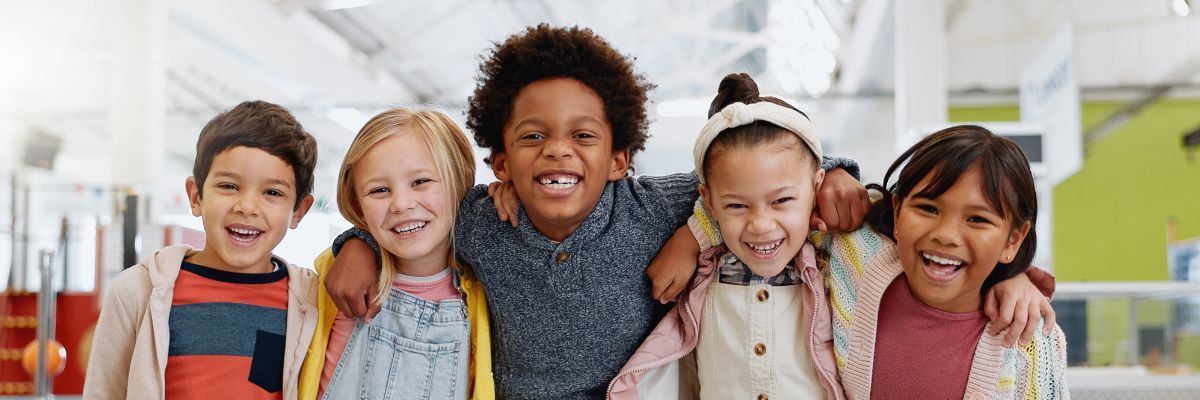
The McKeachie Method: Bringing Student-Centered Learning into the Elementary Classroom
As teachers, we always look for ways to keep our students engaged, motivated, and excited about learning. One strategy I’ve found especially relevant is the McKeachie Method, named after Wilbert McKeachie.
Who Was McKeachie?
Wilbert “Bill” McKeachie (1921–2019) was a psychology professor at the University of Michigan and the author of the well-known book McKeachie’s Teaching Tips. For more than 70 years, this book has guided educators in making learning more meaningful. While McKeachie primarily worked with college students, his teaching philosophy is timeless and fits beautifully in an elementary classroom.
What Is the McKeachie Method?
While there isn’t one official “McKeachie Method,” educators use the term to describe his student-centered and research-based teaching tips. The idea is simple: Students learn best when they are active participants in the classroom, not just passive listeners.
The method encourages teachers to understand their students as individuals and to design instruction that fosters participation, critical thinking, and connection to the material, empowering them to be active participants in their learning.
In an article by Faculty Focus titled “Four Teaching Maxims That Endure,” Maryellen Weimer, Ph.D., emphasizes how much it matters for students to feel that their teacher genuinely cares about them and their learning. She writes: “At its center, this is what learning-centered instruction is all about. Having a teacher who cares doesn’t necessarily cause learning, but it significantly impacts the motivation to learn.”
Weimer also expressed that when students feel valued, they feel more comfortable participating in discussions. She explains the value of breaking large classes into small groups so that more students can talk about the content: “…The interest is in cooperative learning …. Students can learn from and with each other.”
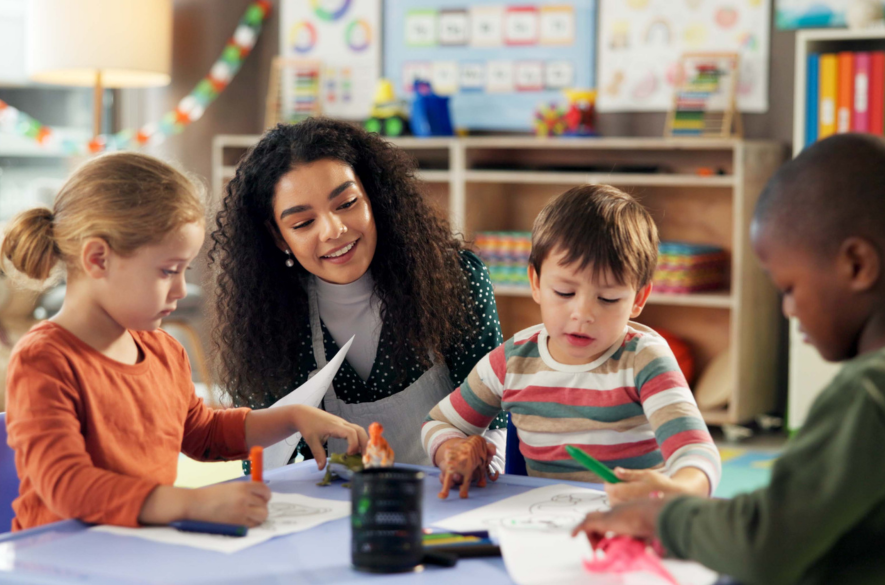
How to Apply the McKeachie Method in Elementary Classrooms
Here are five ways you can integrate the McKeachie Method into an elementary school setting:
1. Active Learning
McKeachie encouraged teachers to move beyond traditional lecturing. For young learners, that means letting kids learn by doing.
Examples: Hands-on centers, role-playing activities, building with blocks, or acting out parts of a story.
Active Learning Activity: ``Then and Now``
Topic: History & Change Over Time
Activity: Show pictures of old schools, homes, or transportation compared to today. Students discuss in pairs and then share with the class what has changed and what has stayed the same. Let them dress up, role-play, or do a compare-and-contrast activity in centers or small groups.
McKeachie Connection: Discussion deepens understanding and builds critical thinking.
Try this activity comparing and contrasting transportation over time! Download the materials for the activity.
2. Clear Learning Goals
Children thrive when they know what they’re working toward. Clear, simple objectives help them focus.
Example: Setting the objective: “Today we’re learning how to share fairly during group work.”
Clear Learning Goals Activity: ``Class Constitution``
Topic: Civics & Government
Activity: Small groups brainstorm rules that make the classroom fair and kind. Together, the class votes and creates a Class Constitution.
Read more about how to make a Class Constitution here.
McKeachie Connection: Group work builds collaboration and lets students practice processes of what is fair and kind.
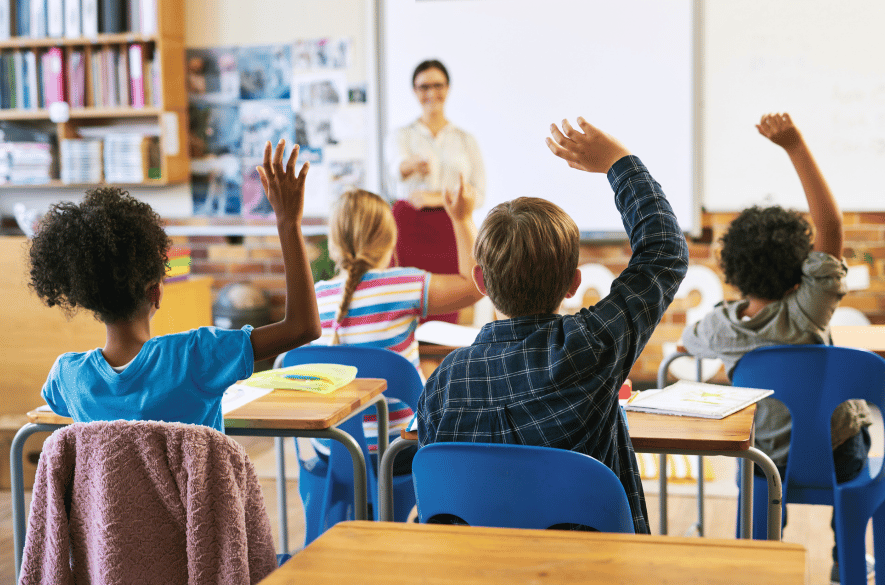
3. Feedback and Reflection
McKeachie emphasized the power of feedback to help students grow. Elementary school children can practice reflection, too — even in small, age-appropriate ways.
Examples: Give stickers or verbal praise, and ask: “What was the most fun thing you learned today?” Or, use a quick thumbs-up/thumbs-down self-check.
Feedback & Reflection Activity: ``History Journal``
Topic: Local History or National Holidays
Activity: After a lesson about a historical figure or event, students write or draw one thing they learned and one question they still have. Share a few aloud.
McKeachie Connection: Reflection and feedback help cement learning and guide the teacher on next steps.
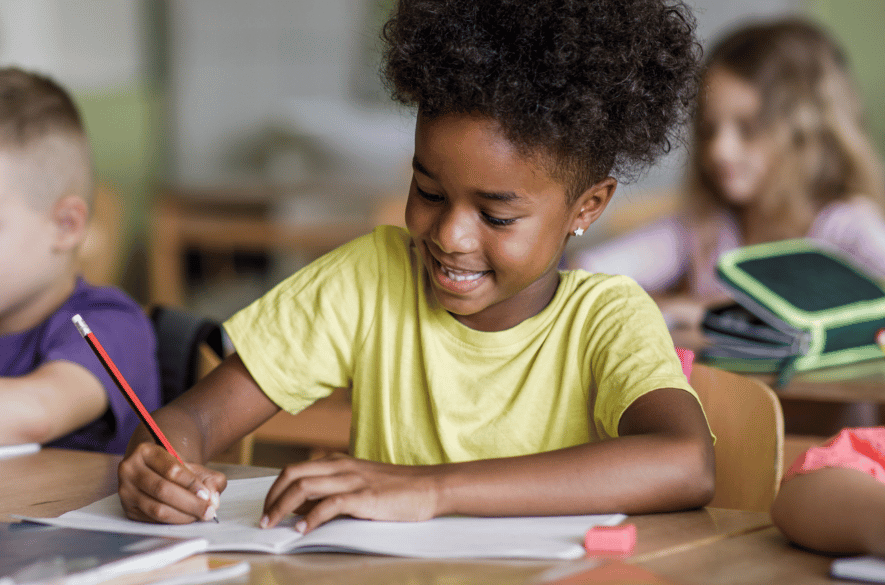
4. Motivation and Engagement
McKeachie knew that students learn best when they see the value in their learning. Elementary teachers can tap into children’s natural curiosity and personal experiences.
Examples: Connect a lesson on fairness to playground games, or use a favorite storybook to teach about kindness.
Motivation and Engagement Activity: ``Needs vs. Wants Store``
Topic: Economics
Activity: Set up a pretend classroom store with items (food, toys, books, clothes). Let students make up a little song or jingle to advertise what they are selling to others. Give students pretend money and let them “shop.” Then, discuss what things are needs versus wants.
McKeachie Connection: McKeachie highlights making learning meaningful by tying it to real-life experiences.
Motivation and Engagement Activity: ``Community Puzzle``
Topic: Communities & Citizenship
Activity: Divide students into groups, each responsible for one community role (firefighter, teacher, farmer, etc.). Each group creates a puzzle piece representing its role. The class then assembles the puzzle to show how everyone works together.
McKeachie Connection: Cooperative learning boosts engagement and helps students see interdependence.
5. Adaptability
Every class is unique, and every child learns differently. McKeachie encouraged teachers to stay flexible and try multiple strategies.
Examples: Mix songs, visuals, partner work, storytelling, and independent practice so all students find ways to connect with the material through multimodal learning.
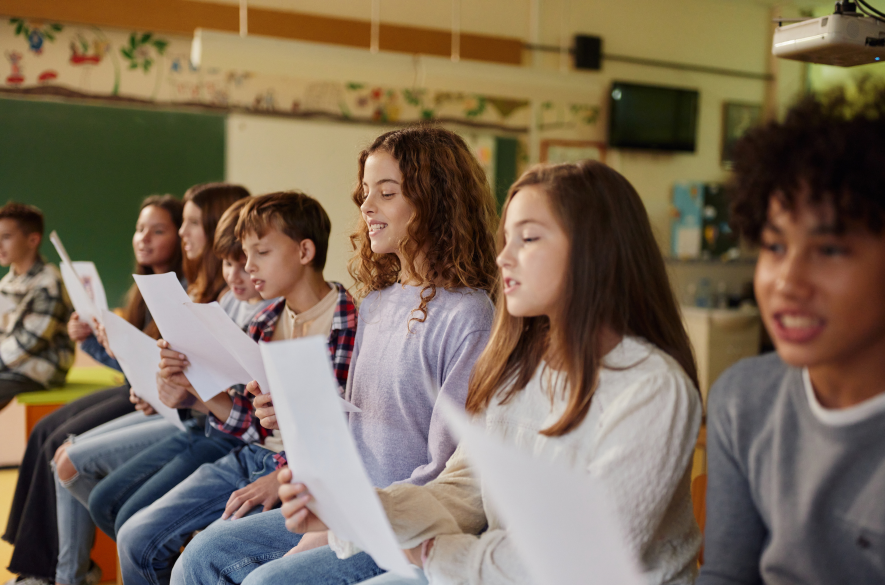
Adaptability Activity: “Seeing History Through Music”
Topic: History & Music
Activity: Examine how spirituals, jazz, and patriotic songs spread ideas and influenced major historical events.
McKeachie Connection: Using different methods of learning can help reach more students.
Why It Matters
The McKeachie teaching tips remind us that teaching isn’t just about how much information we give — it’s about how much children truly understand and connect with the content. By making learning active, clear, meaningful, and adaptable, we set up our students for success in school and life.
Please think of the McKeachie Method as a friendly reminder that your students learn best when involved, when the goals are clear, and when their learning connects to their real world. Whether teaching social studies or other subjects, these principles can transform your classroom into a place where curiosity and joy lead the way.
Warmly,
Debbie
 Debbie Bagley works as a Studies Weekly Teacher Advocate. Teacher Advocates are former teachers who help teachers like you implement Studies Weekly materials into their instruction. Teacher Advocates are available to provide support through email, phone call, and video chat. Teacher Advocates are only available for classroom teachers currently using Studies Weekly materials. They are not available for homeschools.
Debbie Bagley works as a Studies Weekly Teacher Advocate. Teacher Advocates are former teachers who help teachers like you implement Studies Weekly materials into their instruction. Teacher Advocates are available to provide support through email, phone call, and video chat. Teacher Advocates are only available for classroom teachers currently using Studies Weekly materials. They are not available for homeschools.